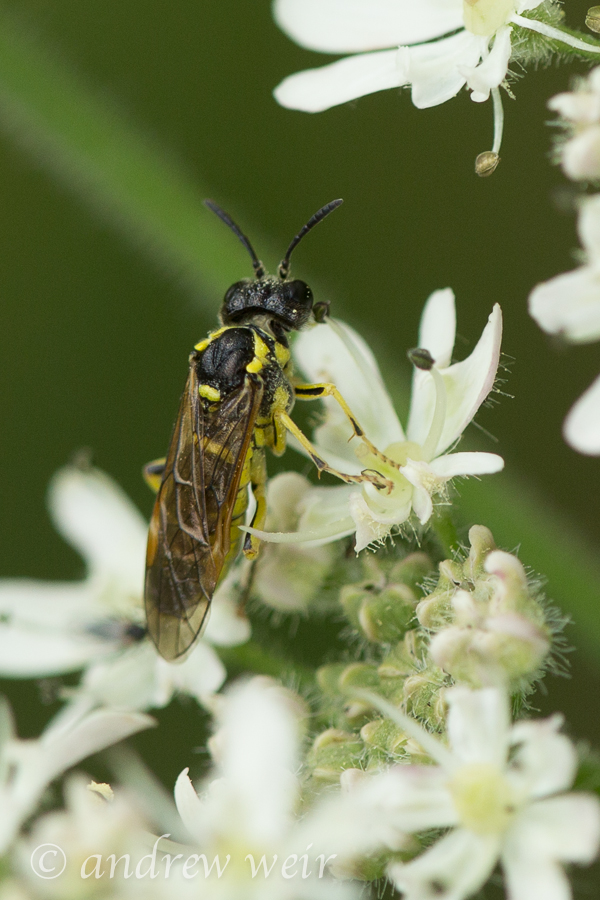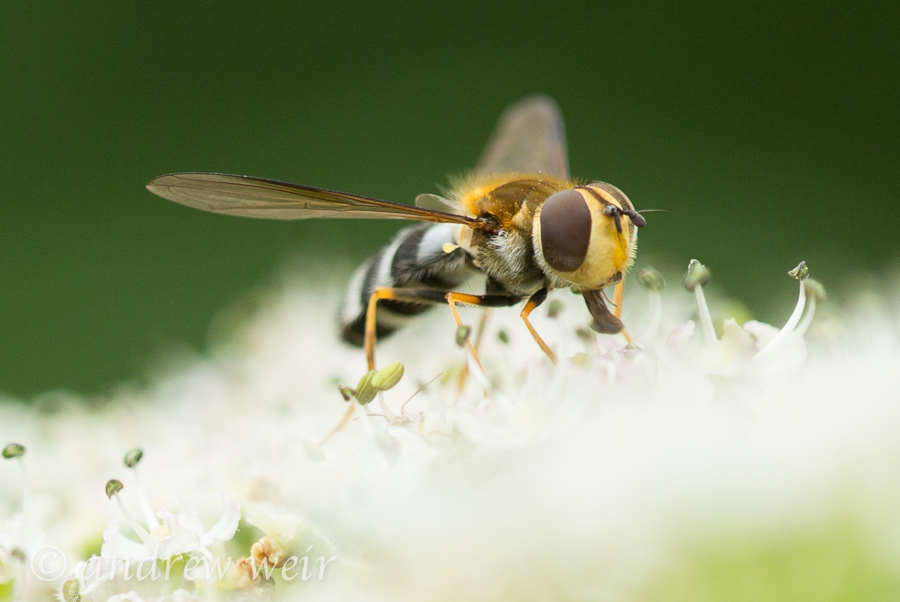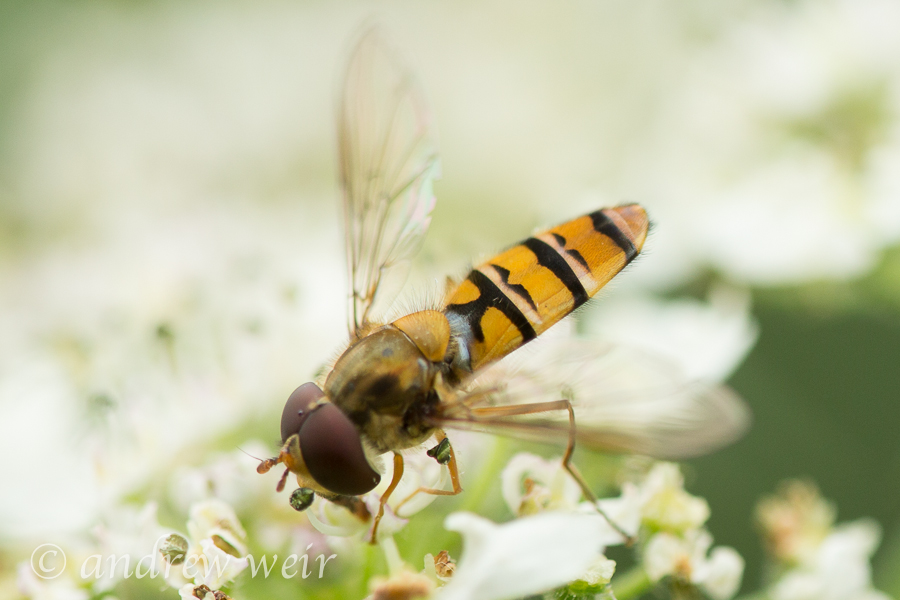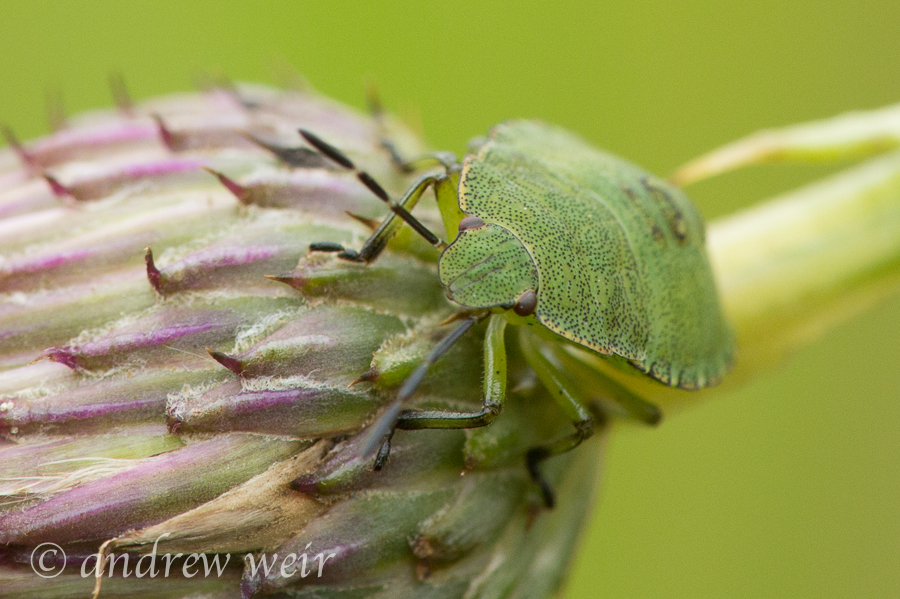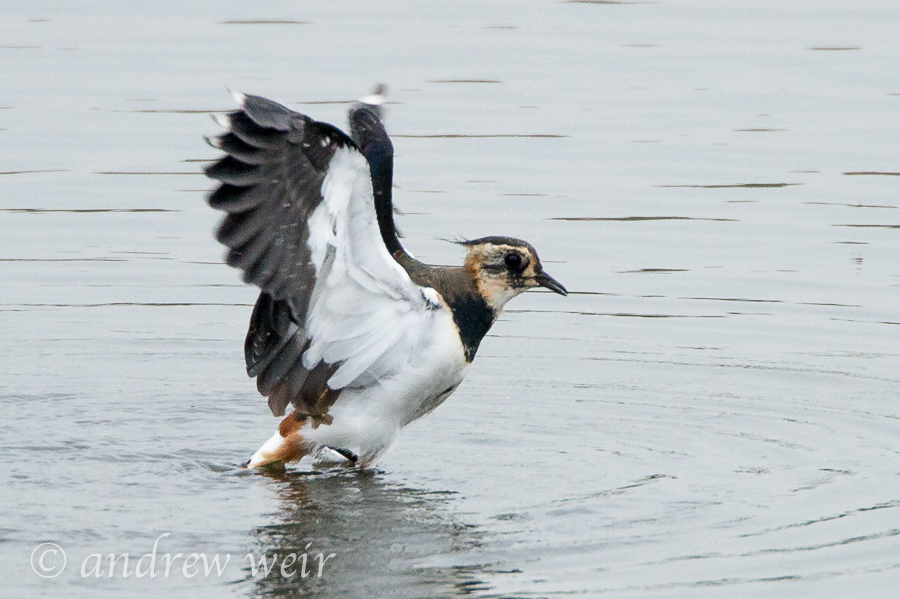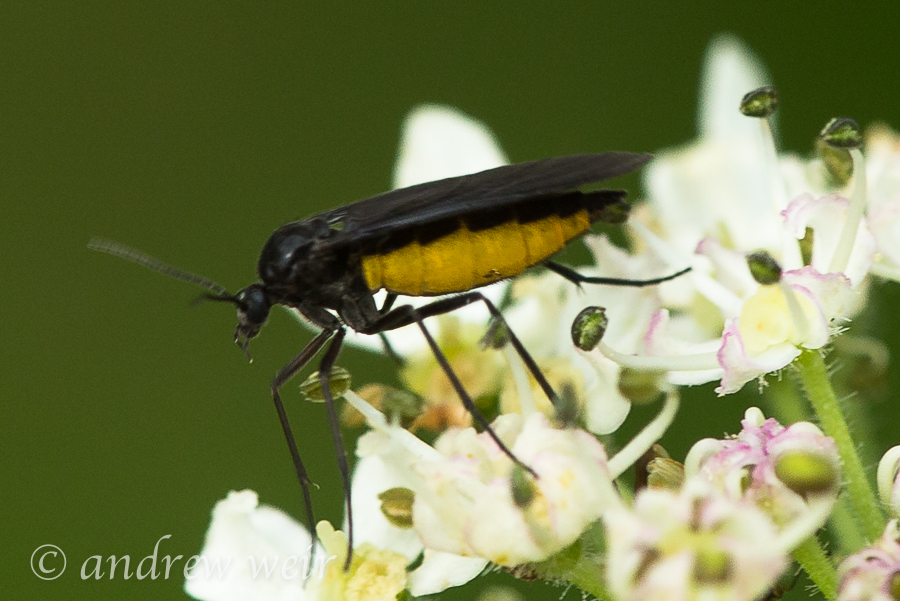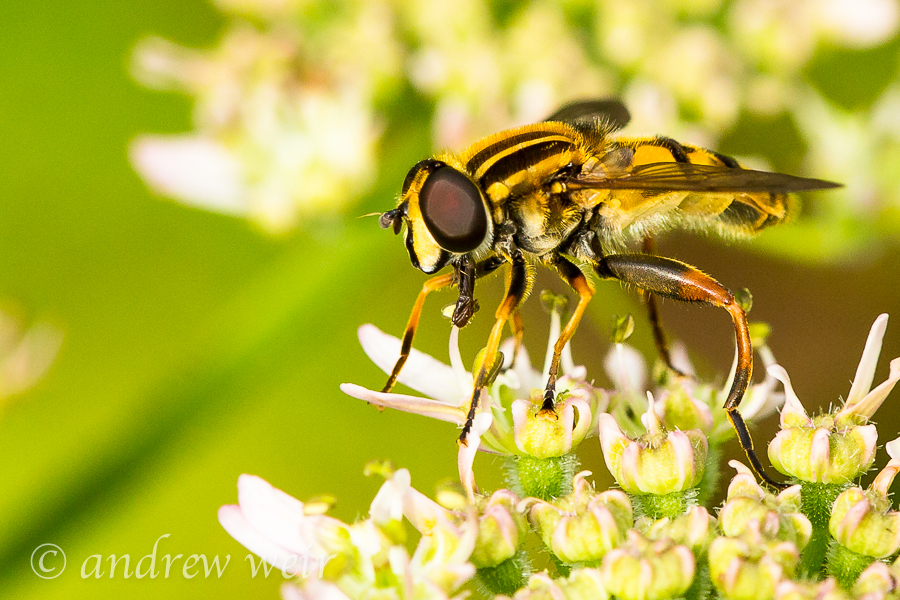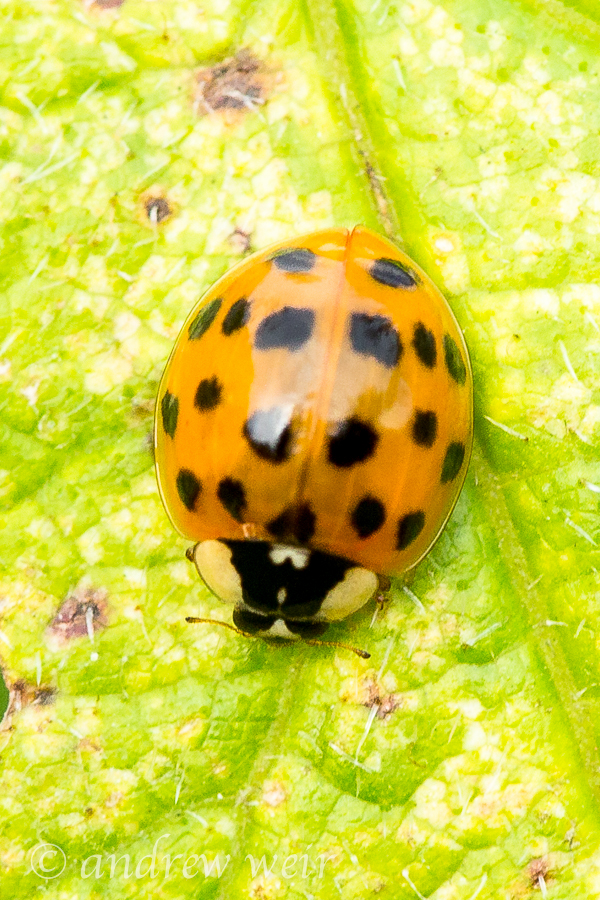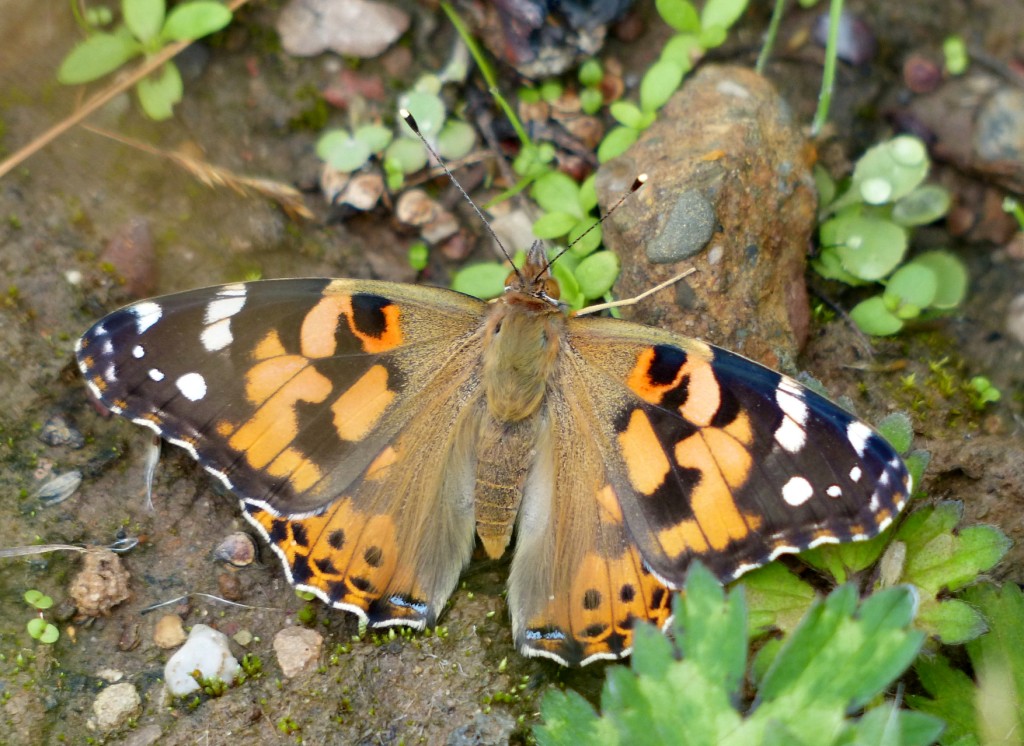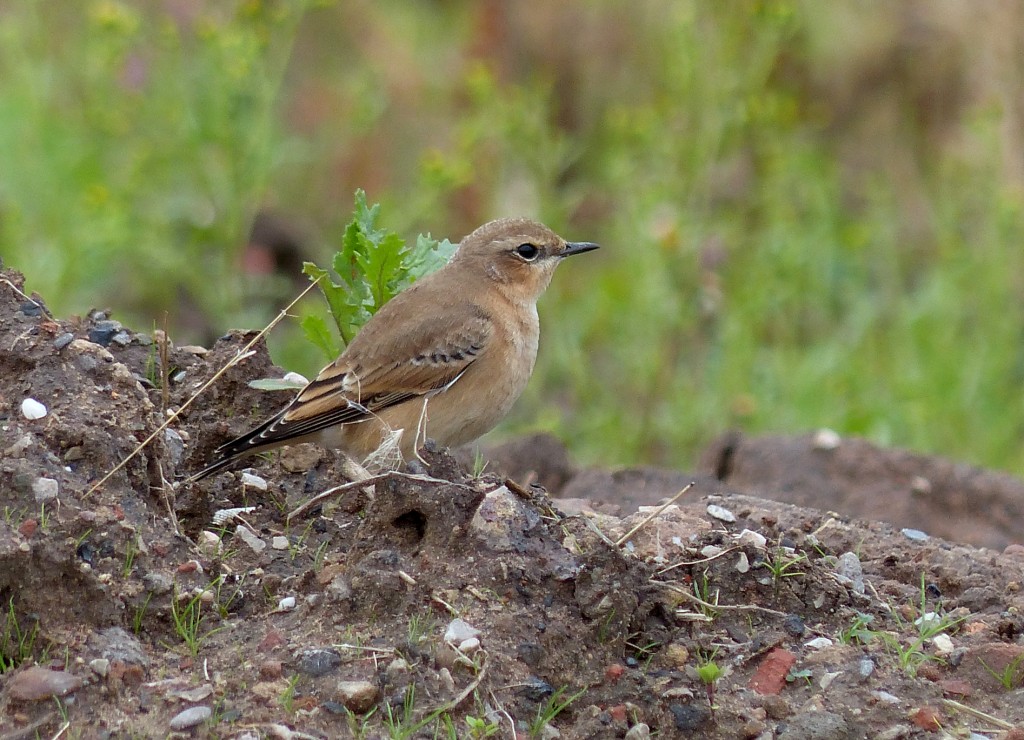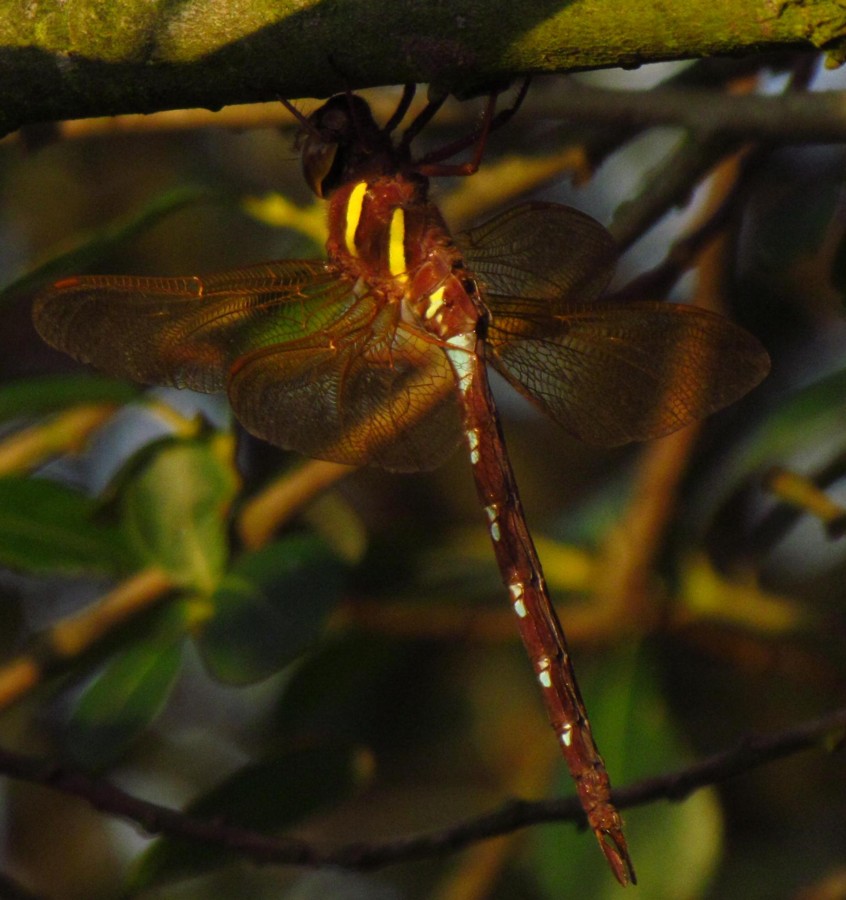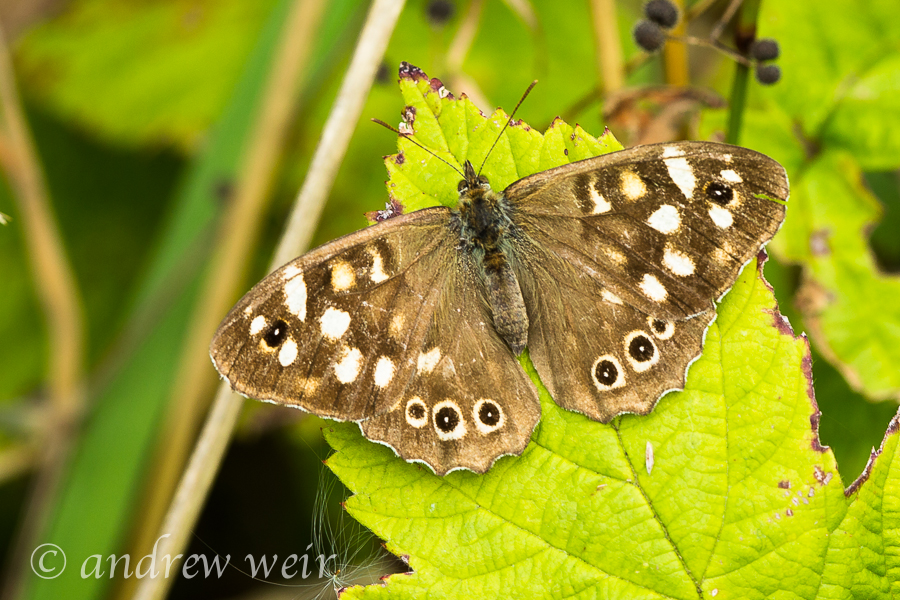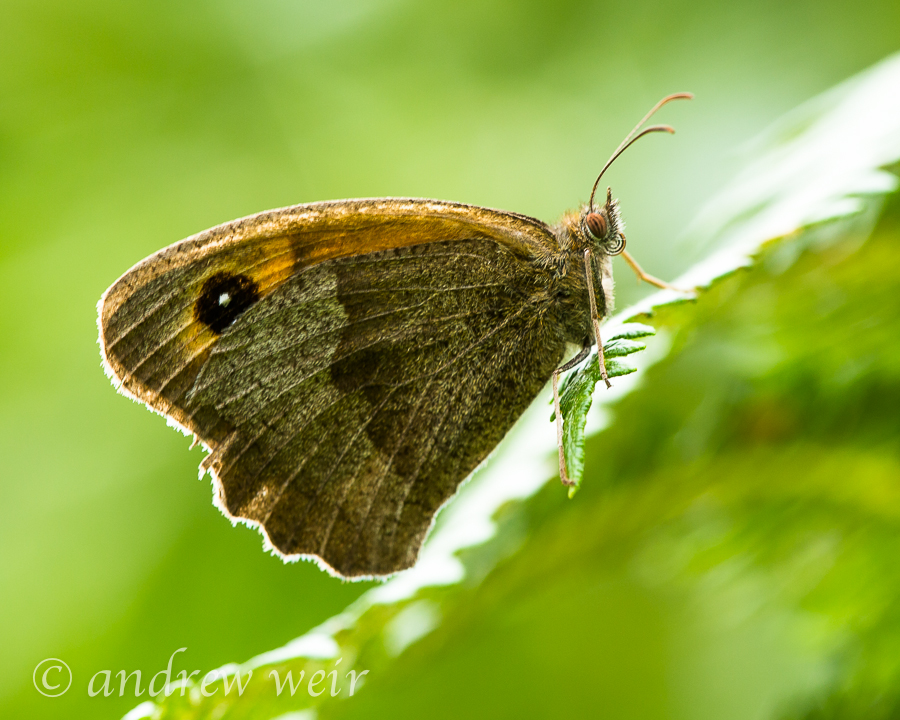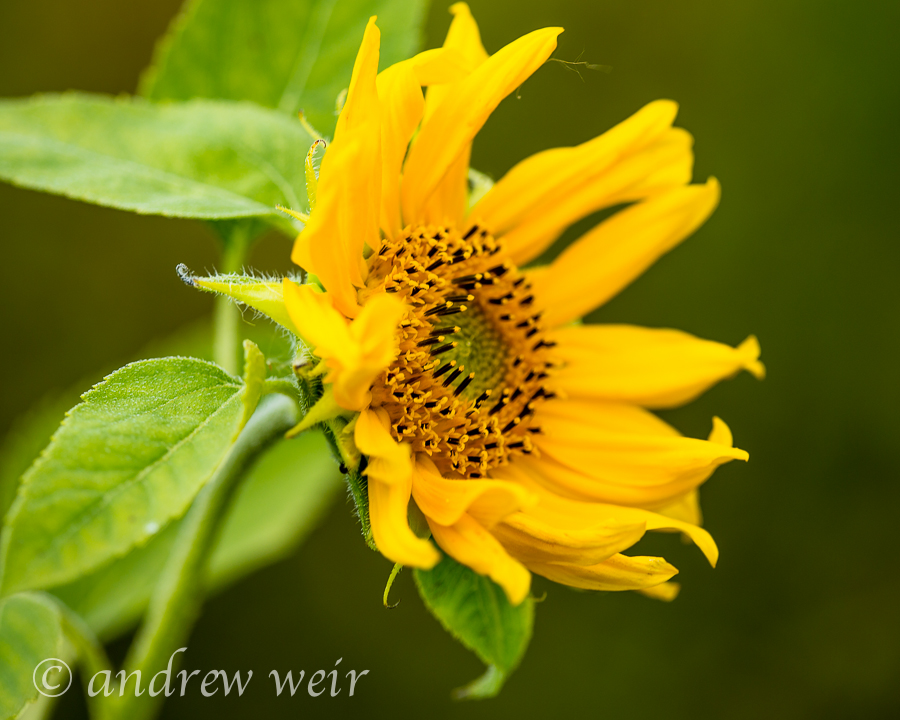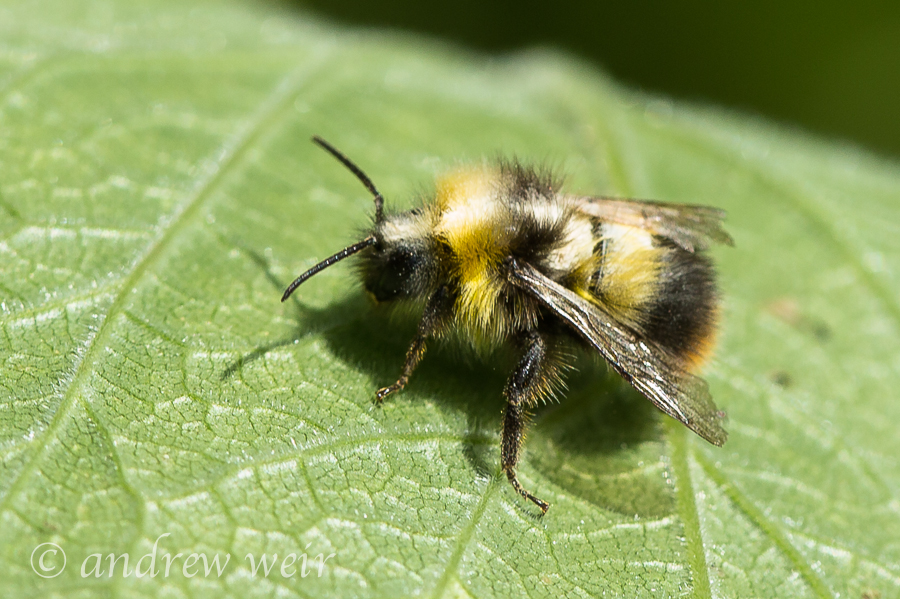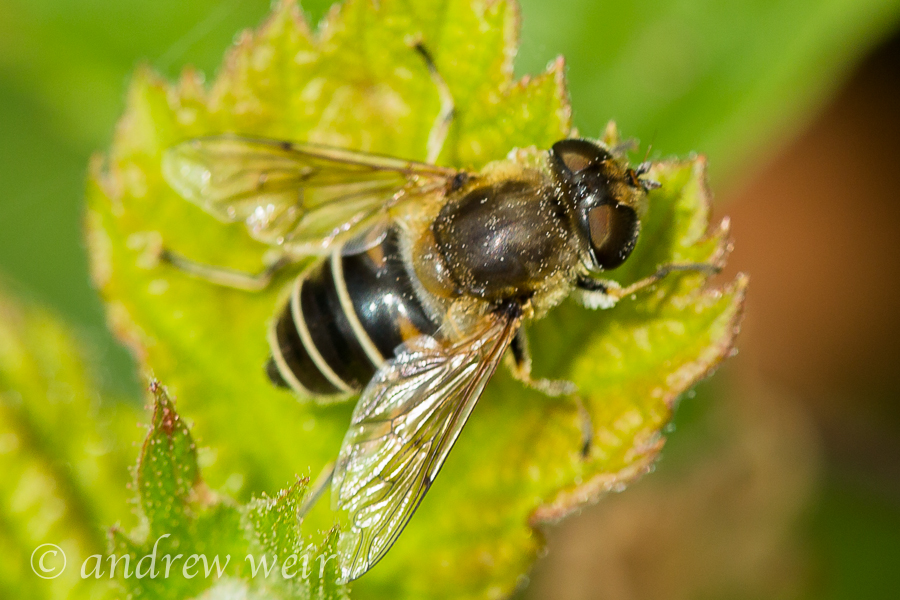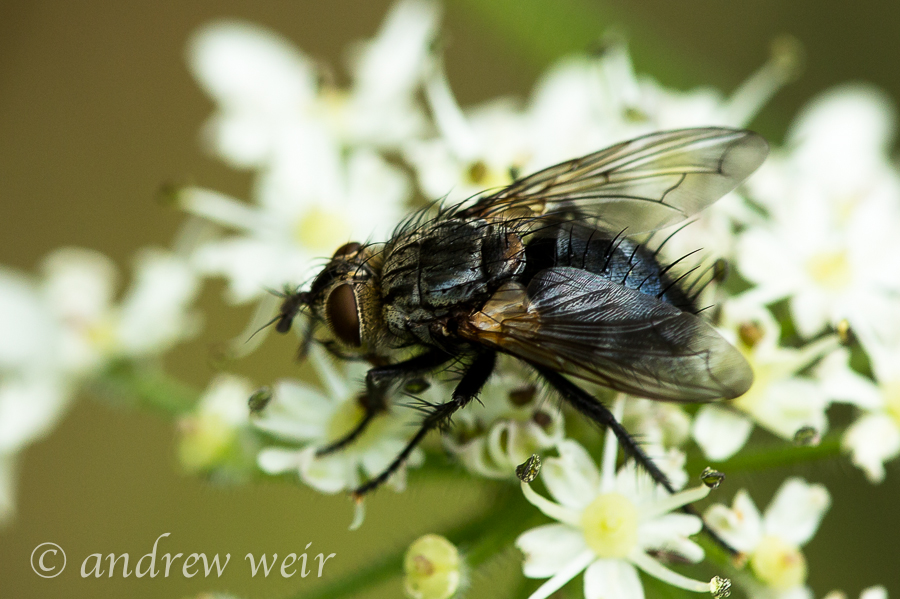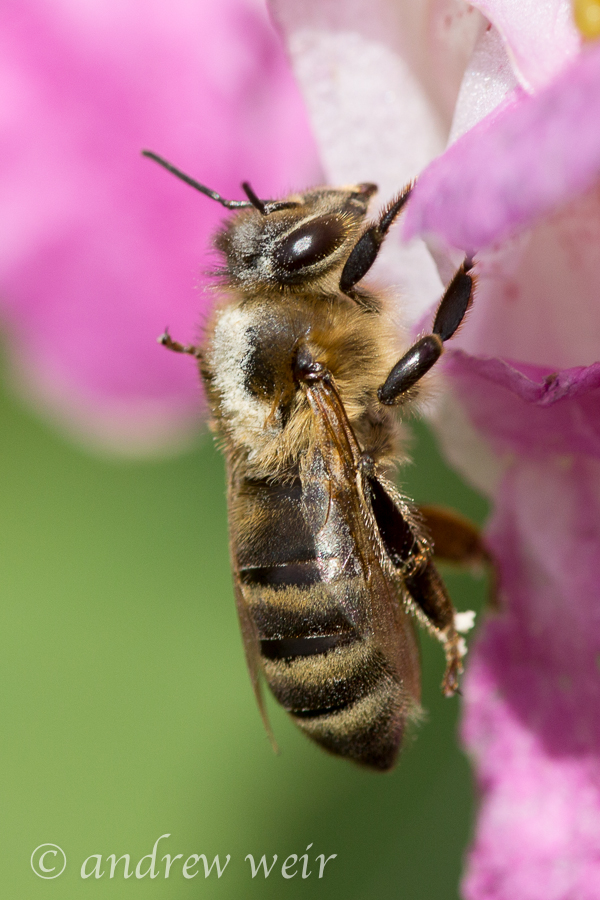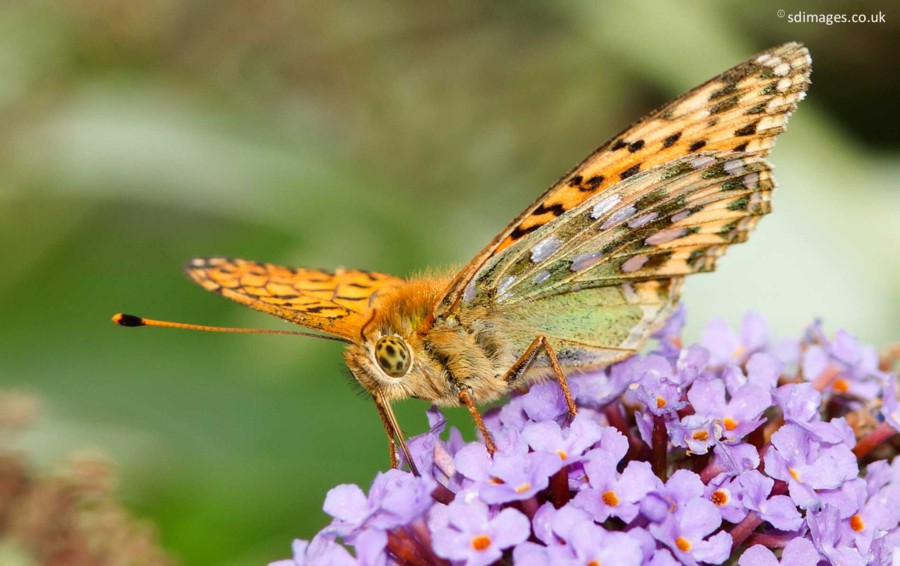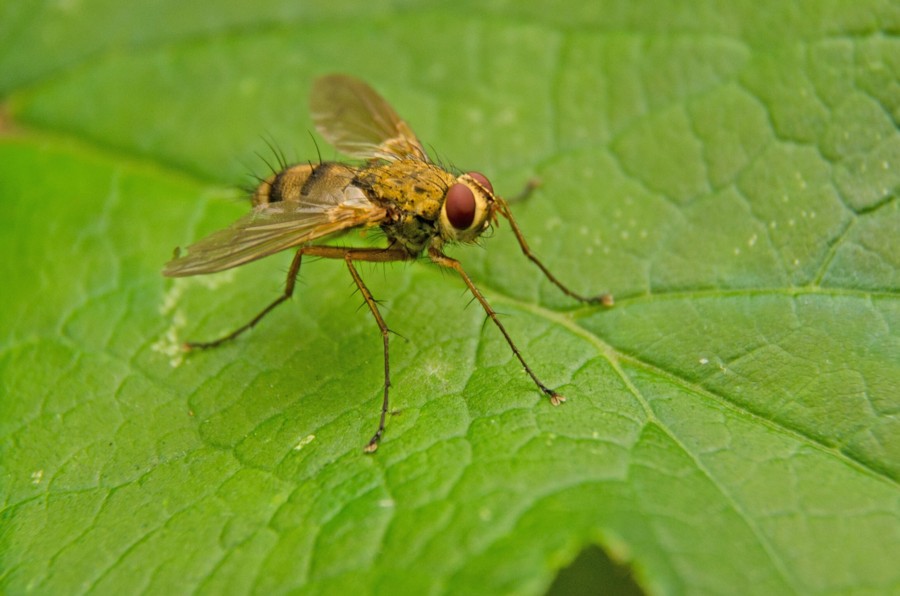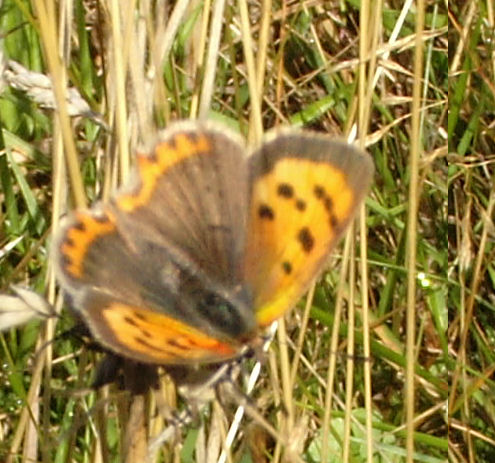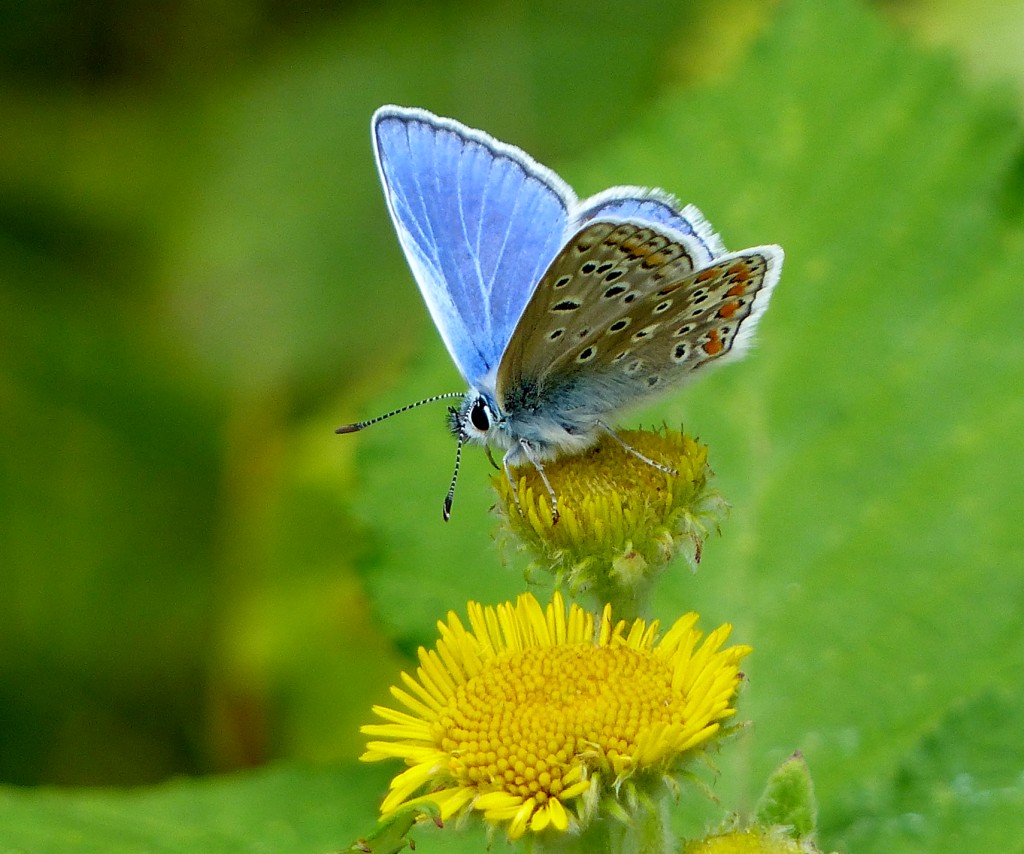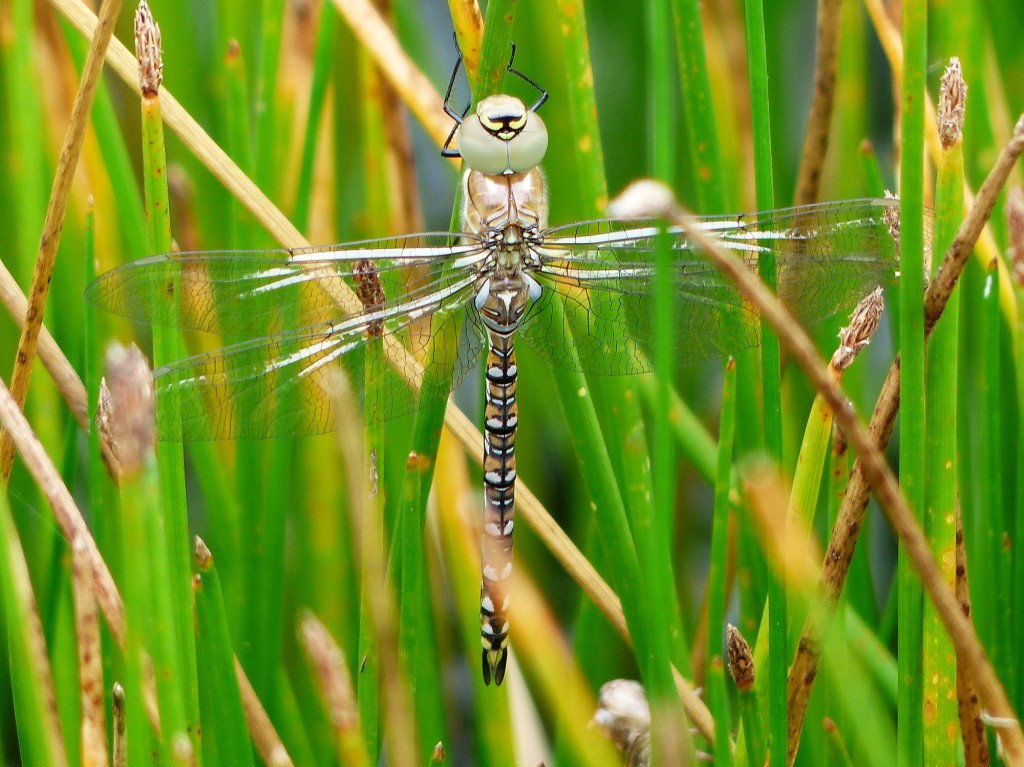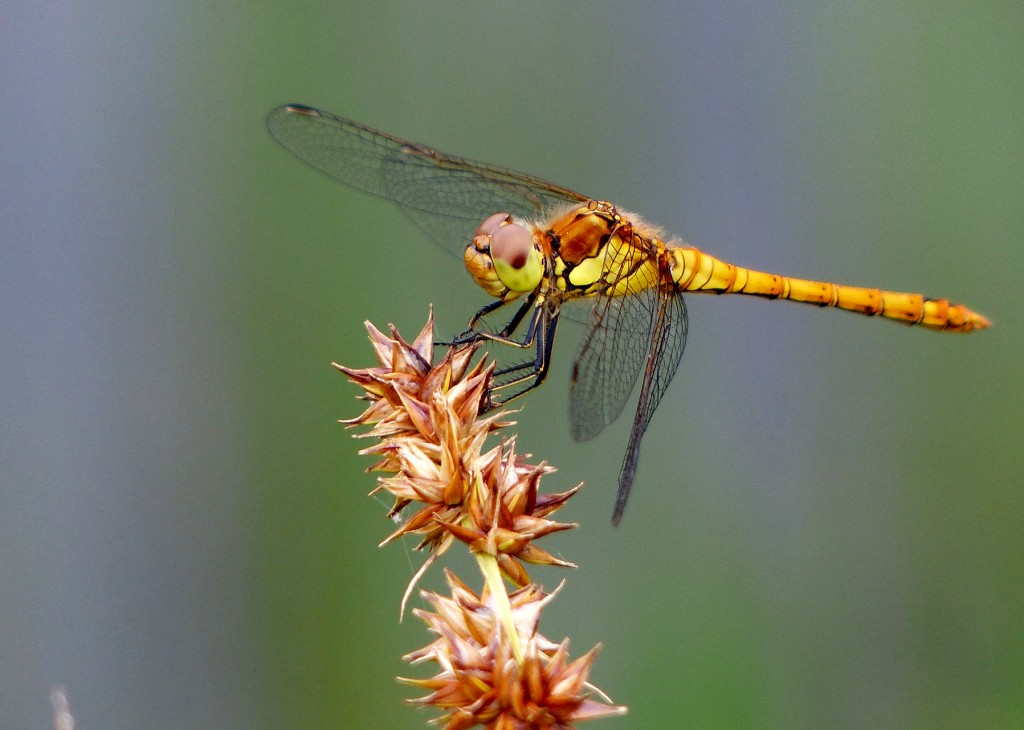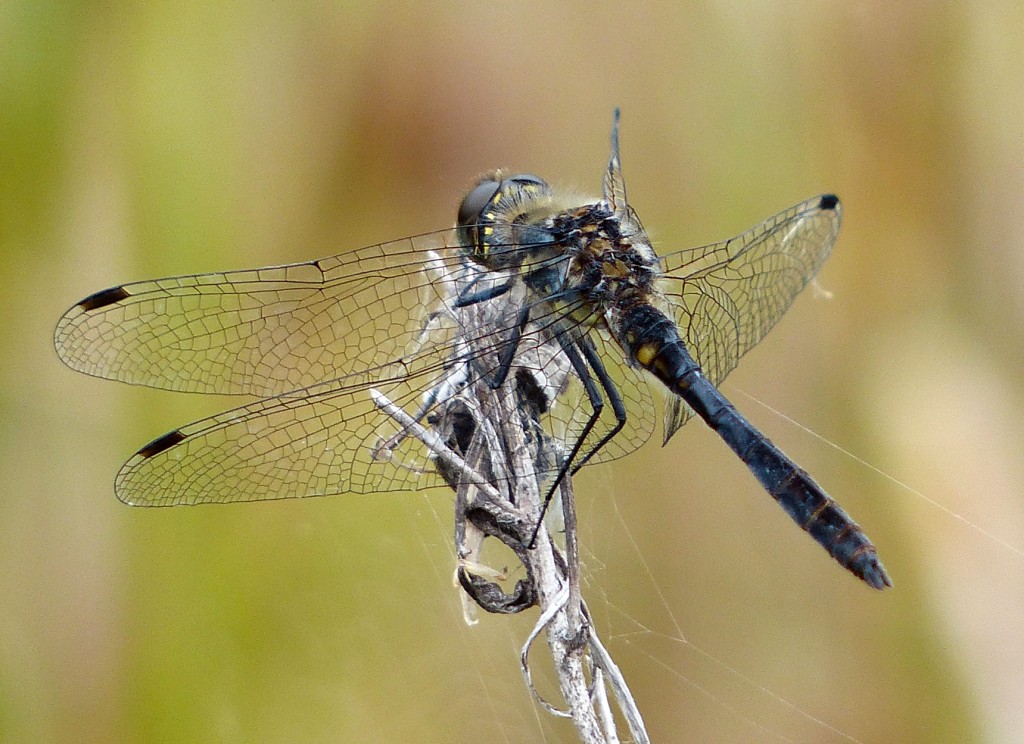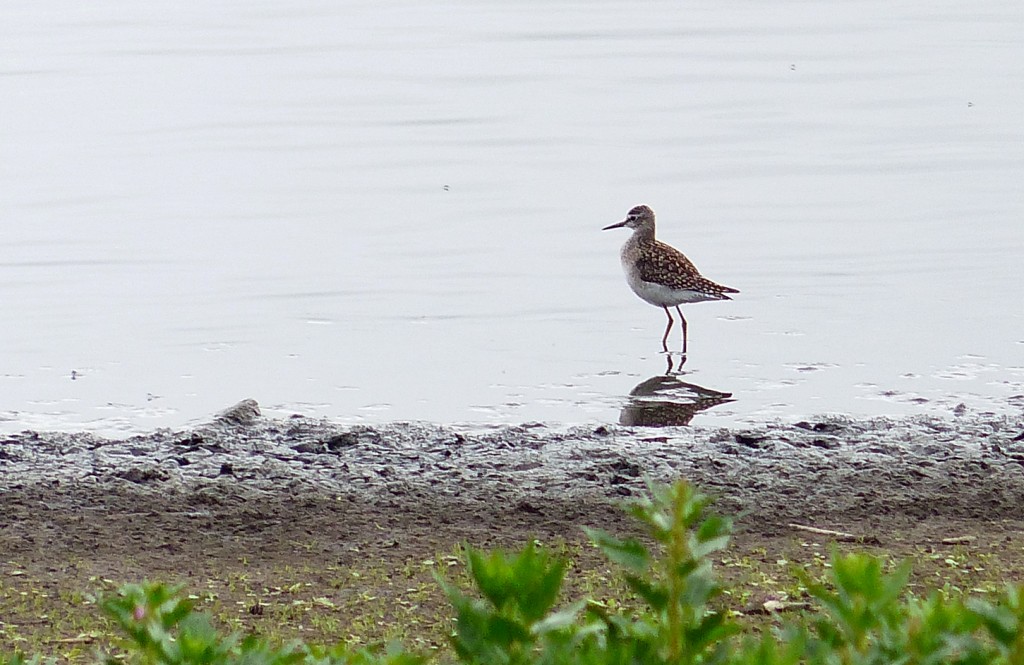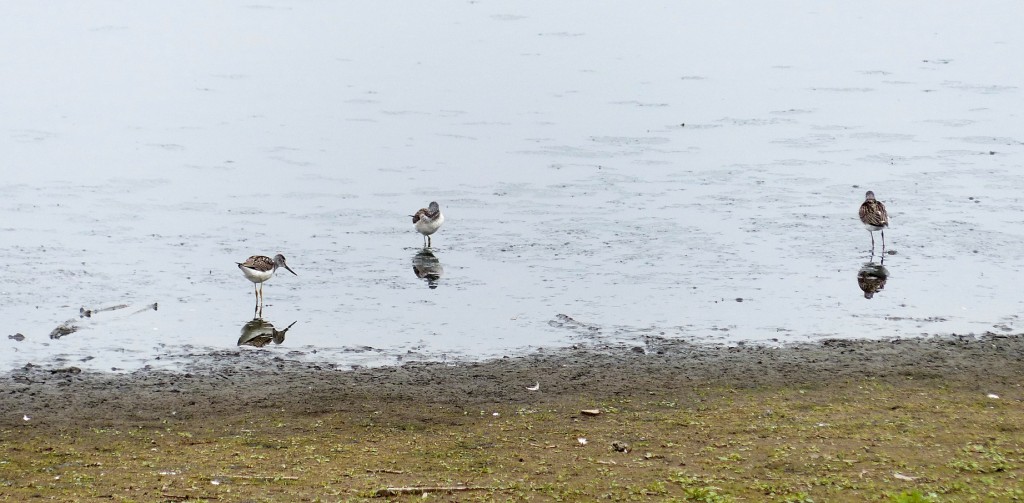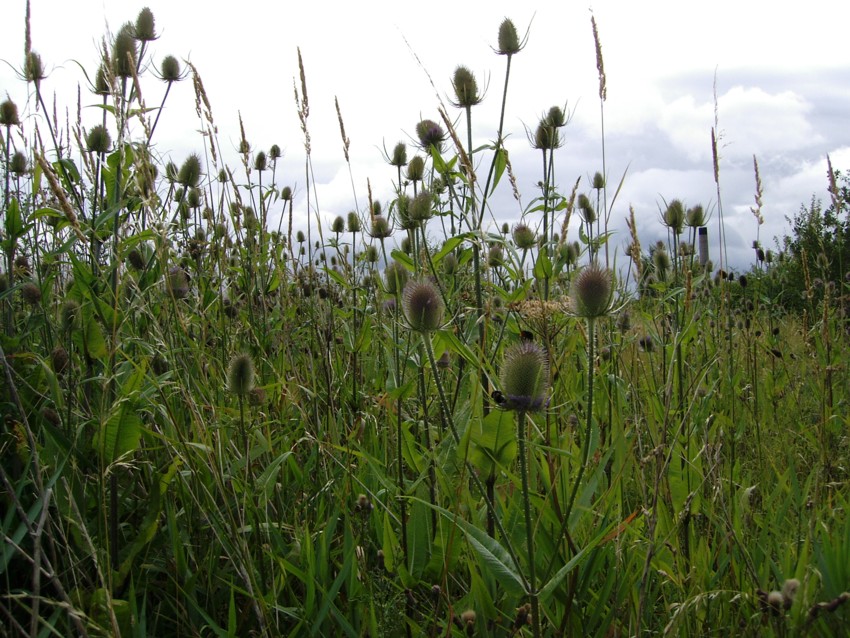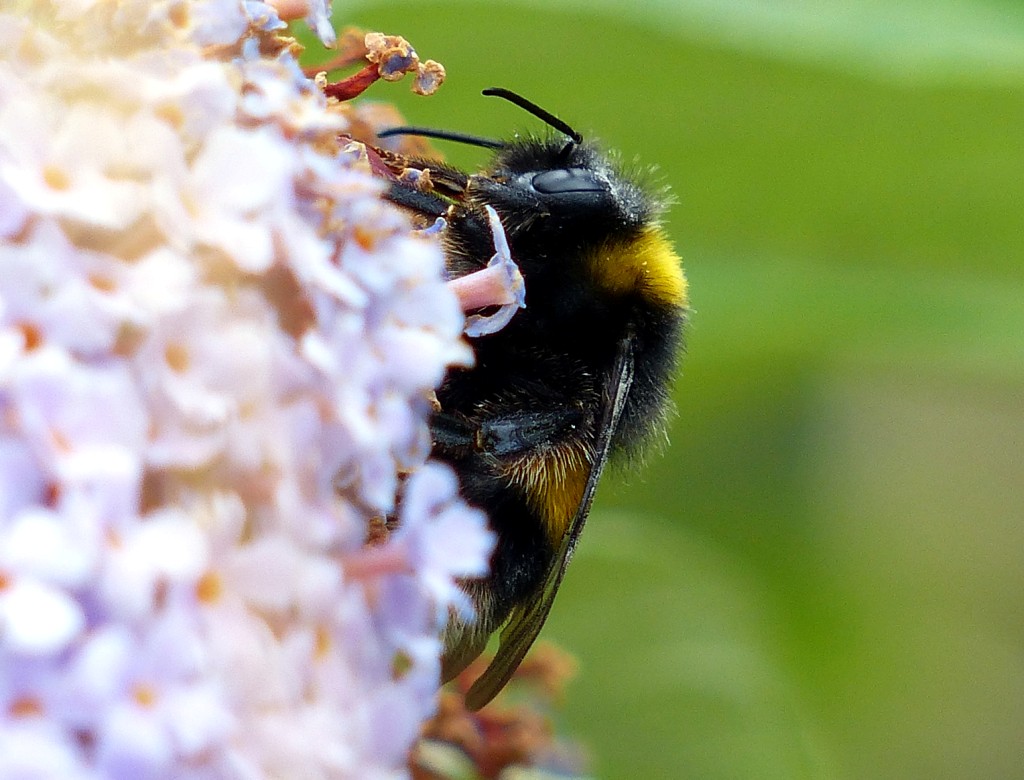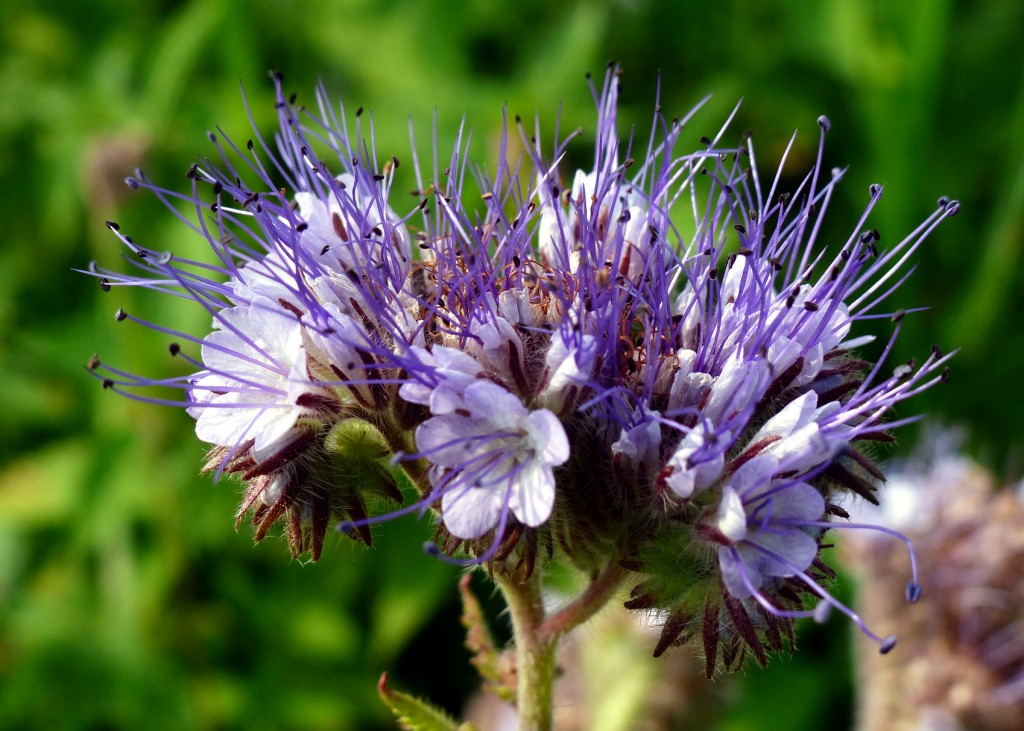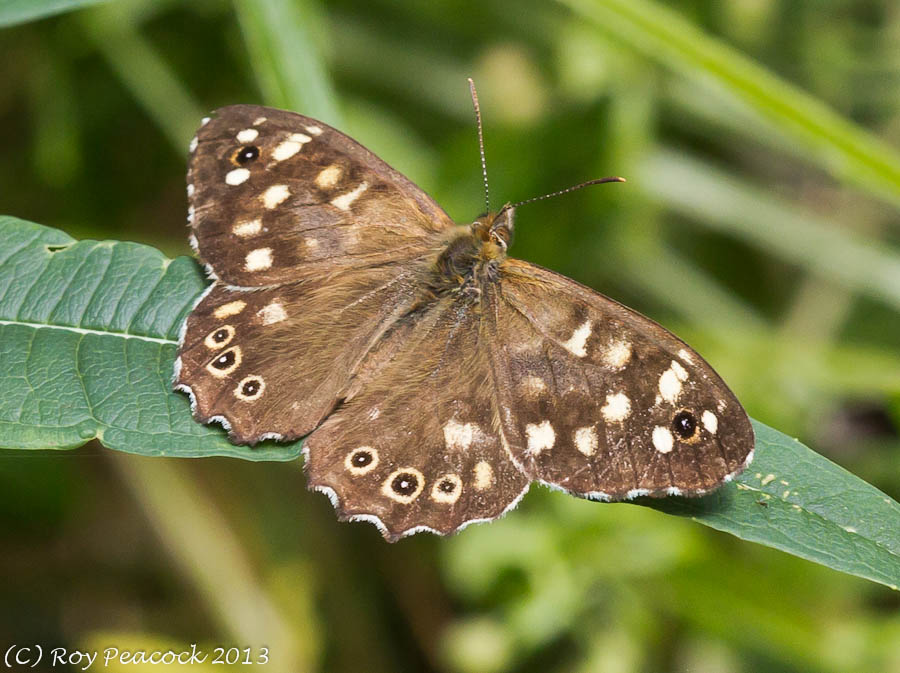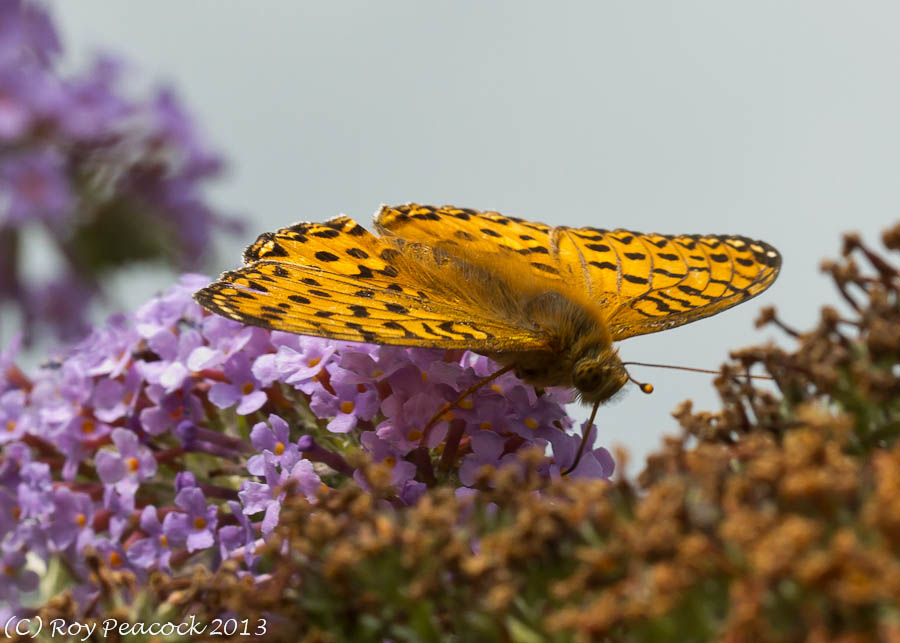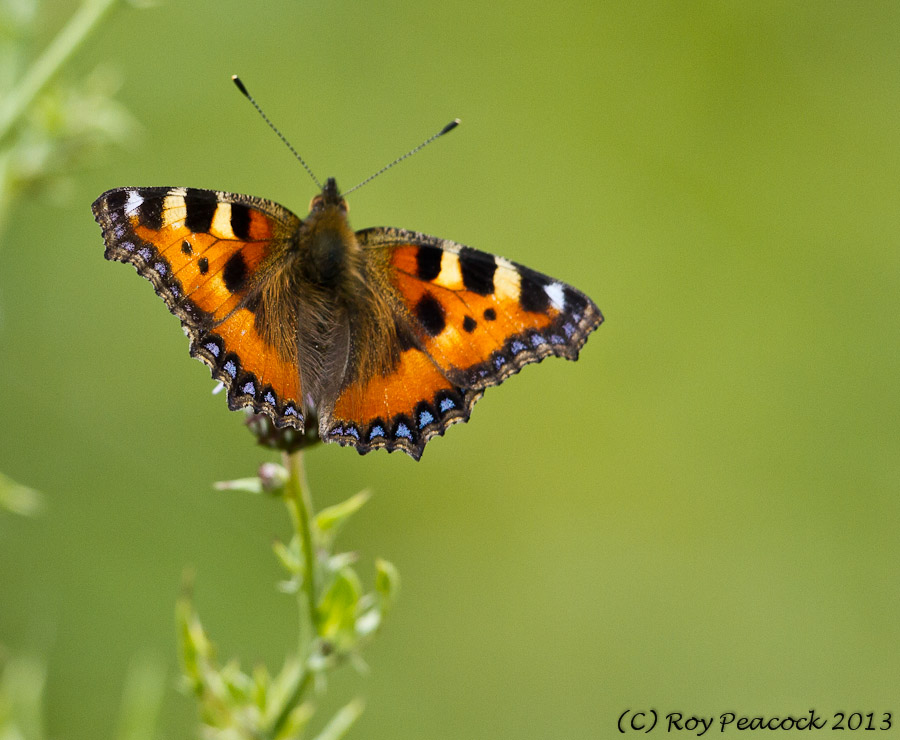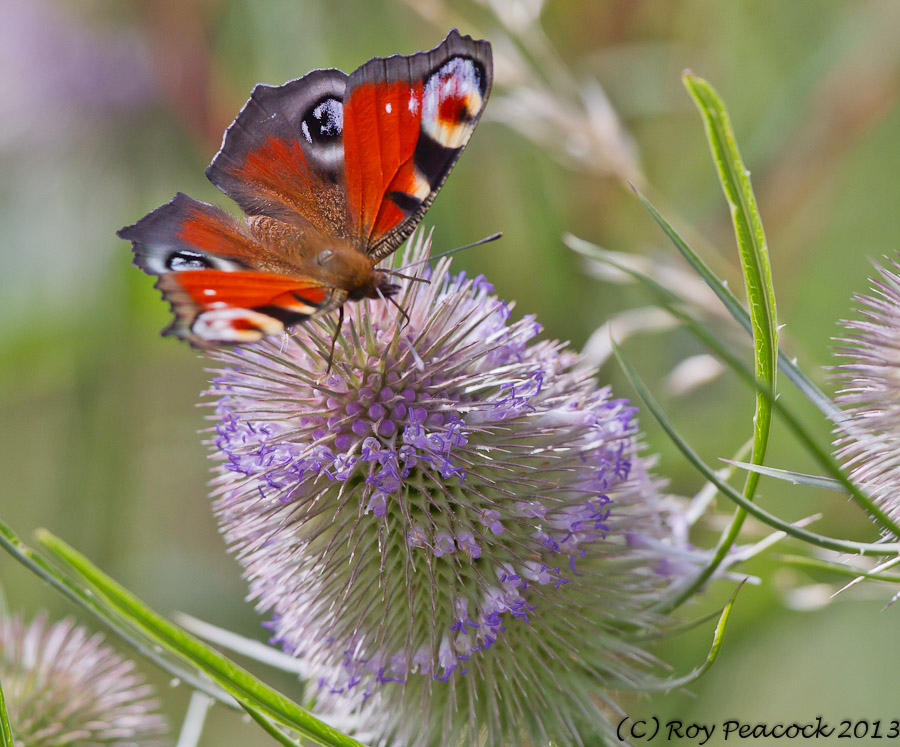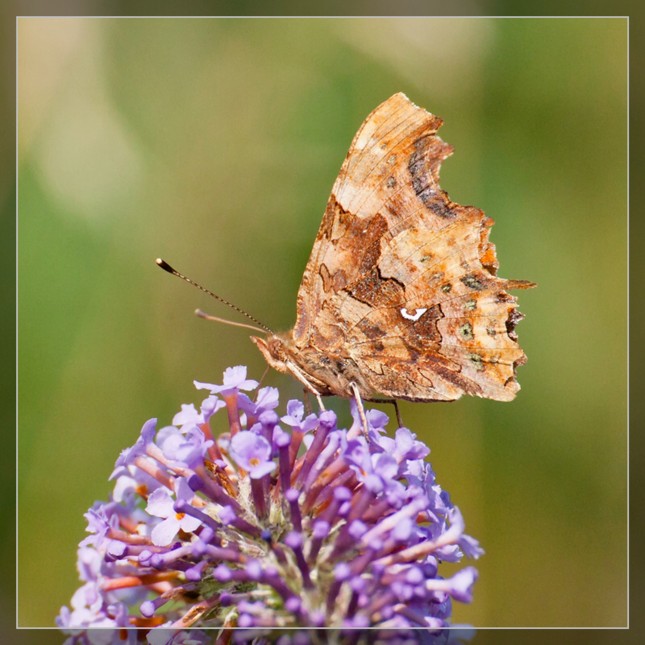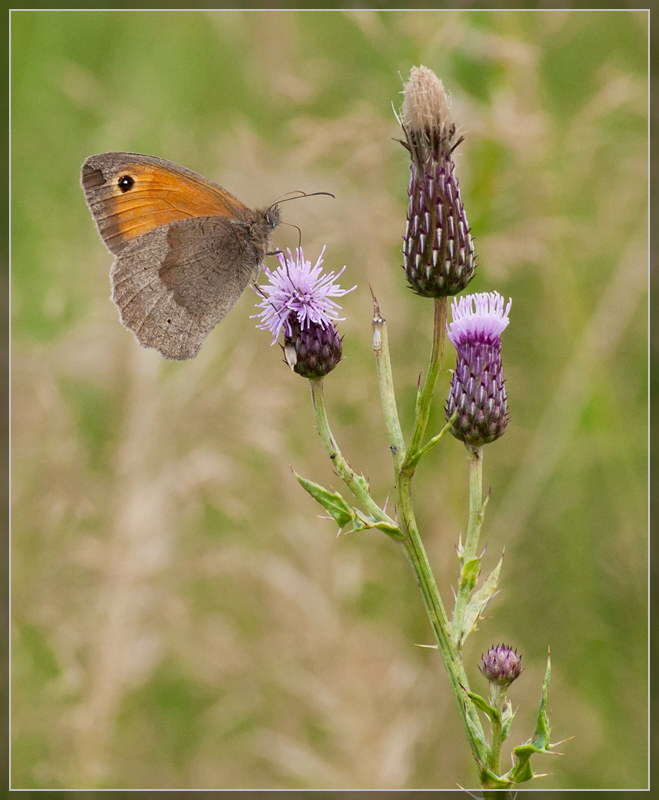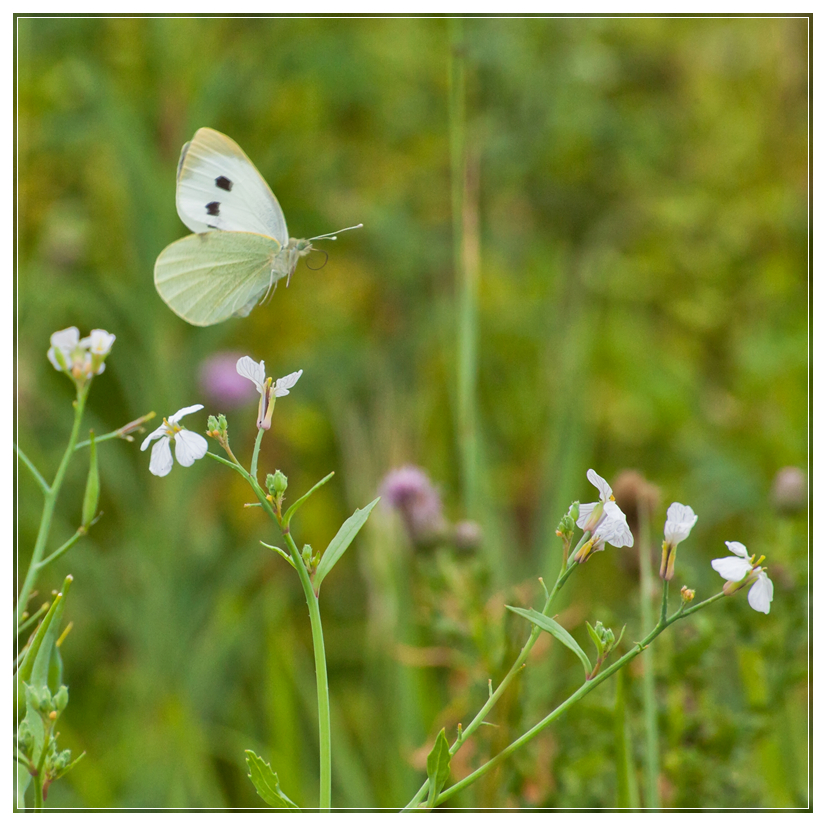Woolston Eyes Monthly Sightings
2013-08-25
Dave Riley ringed on No1 bed on two evenings and on the following mornings. The first morning he was joined by Phil Guest with John Blundell and Mike Smith with him on the second, a total of 113 new birds were ringed with good numbers of warblers, notably Reed, Chiffchaff and Willow Warblers, 35 Greenfinches were mainly caught at the feeding station.
Kieran Foster also enjoyed two mornings on No3 bed, ringing 138 birds including an excellent 33 Chiffchaffs.
Submitted by: Dave Riley
2013-08-18
Dave Riley was with Phil Guest on the Wednesday on No1 bed when they caught 62 birds, with the 58 new including the first Sparrowhawk and Lesser Whitethroat of the year, 2 Swallows and a Sand Martin were also caught as they left their roost. Dave was also out on the Friday and after the showers had cleared (at 06.20) caught a further 32 birds with the 26 new including 2 Sedge Warblers and a Willow Tit.
Kieran Foster and Mike Baron were also out on the Friday and amongst the 50 new birds ringed were 2 Stock Doves, 20 Reed Warblers and 2 Sedge Warblers.
Sightings included 550 Swifts, 2 Black-tailed Godwits and a Yellow Wagtail.
Submitted by: Dave Riley
2013-08-11
Dave Riley, Phil Guest and John Blundell were on No1 bed on the evening of 6th attempting to catch Swallows as a roost of 500 birds had formed there, they managed to ring 29 and three Sand Martins along with two Garden Warblers in the nearby scrub. The following morning, Dave and John caught a further 2 Swallows, they also caught the first Goldcrest for the bed this year, 4 Sedge Warblers, 20 Reed Warblers, 14 Chiffchaffs and 14 Willow Warblers while the only Whitethroat caught was a female originally ringed in the spring. Another attempt for the Swallows was made on the Saturday evening and, even though the roost had increased, only six were caught. Sightings included an overflying Raven. Kieran Foster, Mike Baron and Mike Miles set nets on No3 bed on the Friday afternoon ready for the Saturday morning. A small roost of no more than 150 Swallows formed and they took a catch of 36 and a Sand Martin. One of the Swallows was a British control, their last control Swallow was trapped on 14th August 2010. A large female Sparrowhawk went into the net twice but escaped both times. On the Saturday we were joined by Hugh Pulsford and Margaret Rawlins while Neville Powell and Justin Garner visited. In very good ringing conditions they caught 175 birds including 3 Garden Warblers, 47 different Reed Warblers and 4 more Swallows as they left the roost. There was a dearth of Blackcaps. Although September is the peak period a morning’s catch of just 3 is very small.
Sightings included 2 Green Sandpipers yesterday evening, 2 Tawny Owls calling at dusk yesterday and a Cuckoo and a Hobby on the bed this morning.
Submitted by: Dave Riley
2013-08-04
A small Swallow roost has formed on No1 bed with about 500 birds present, on the Tuesday, Dave Riley, Phil Guest and John Blundell attempted to catch a few, but the birds roosted in a different part of the reed bed. The following morning, Dave opened the nets at first light and caught two of the Swallows dispersing from the roost in net rides completely surrounded by trees! A total of 44 birds were caught (41 new) before the showers came in at just after 08.00, 29 warblers were ringed during the morning including 4 Sedge, 4 Reed, 3 Blackcap, 10 Chiffchaffs and 7 Willow, with 2 Song Thrushes adding to the variety. Dave, Phil and John made further attempt on the Swallows on the Saturday evening, this time it was successful with 36 ringed along with 2 Sand Martins. The following morning, Dave and John caught a further 22 Swallows and 1 Sand Martin while other species among the new birds were 25 warblers including 6 Reed, 1 Whitethroat (uncommon on the bed this year), 1 Garden Warbler, 5 Blackcaps, 8 Chiffchaffs and 4 Willow Warblers along with a new Willow Tit. Sightings on the bed including a pair of Little Grebes with four newly hatched young.
Mike Miles visited No3 bed on Thursday to do some chores and set 2 nets for 2 hours catching 36 birds. On Friday afternoon/Saturday morning the team there hosted some visitors such that there were nine people round the ringing table on Saturday morning. On Friday evening they had their first attempt this year at the hirundine roost, about 250 birds were present and a nice catch of 40 Swallows and 4 Sand Martins was taken.
They ended the week with 283 captures (222 new and 61 retraps ). The only notable retrap was an adult male Chaffinch ringed by David Bowman as a first cal. year on 10 November 2002. This bird is actually just over 11 years old but by BTO measures (date of ringing to date of handling ) it is 10 years , 8 months and 23 days old. The BTO longevity record is 12 years and 12 days held by an MRG bird ringed on the Wirral. The Chaffinch was last handled in 2003 by Kieran so where has it been for the last 10 years? Three of their retraps had originally been ringed on No 1 bed. Sightings on Saturday included 2 Tawny Owls calling before dawn a Nuthatch calling along the south bank, a Hobby seen twice over the North Meadow. On Thursday, Mike watched a well grown juvenile Water Rail cross one of the channels in the reeds.
Good numbers of waders have been present on No3 bed during the week, including 1 Greenshank, 6 Snipe, 140 Lapwings, 1 Wood Sandpiper, 4 Whimbrel, 1 Green Sandpiper, 4 Black-tailed Godwit, 3 Little Ringed Plovers, and 2 Redshank. 2 Little Egrets were on the loop of No4 bed and up to 600 Swifts were seen over No3 bed in heavy showers. Black-necked Grebes are still present with up to five seen, including three young.
Butterfly numbers have been excellent, with another species added to the Eyes list when a Dark Green Fritillary was photographed on No3 bed by Roy Peacock, this species is seen only occasionally in Cheshire.
Submitted by: Dave Riley
2013-08-23
Saw Fly (Rhogogaster picta), No3 Bed, ID may be incorrect as according to Collins reference book, more likely to be found in south east.
Submitted by: Andy Weir
2013-08-23
Unidentified currently, could be a gnat but nothing matches it exactly in my reference books. For info. probably <10mm in length. Nice photo though.
Bernard Hocking has identified this species as Sciara thomae - a Black Fungus Gnat which is often seen in numbers on Hogweed flowers. J Blundell 11/09/2013
Submitted by: Andy Weir
2013-08-24
An autumnal morning started on No.3 bed, with a Green Sandpiper flying and 30 Snipe feeding alongside c.220 Lapwings. All the usual wildfowl were present, including 33 Teal and 7 Little Grebes. The morning’s raptor tally started well, when a female Marsh Harrier appeared, showing twice before heading towards the southern end of the bed. Sparrowhawk, Buzzard, Kingfisher and 3 Swifts were sightings of interest before we headed off to No.4 bed, where 11 Grey Herons were alongside c.50 Lapwings, a few Black-headed Gulls and various wildfowl, with 2 Sparrowhawks overhead. Then onto No.1 bed where a single Wheatear, 3 Peregrines (2 adults and 1 juvenile), 7 Buzzards and 1 Sparrowhawk were noted. Dragonflies were present in small numbers, with c.20 Common Darters, a few Blue-tailed damselflies and a single Ruddy Darter. Butterflies were beginning to fly, as well, with 1 Painted Lady, 20 Meadow Browns, 1 Gatekeeper, 1 Common Blue and 1 Speckled Wood.
Photo of a Wheatear from No.1 bed
Cheers David (with Les Jones, Dave Spencer, Brian Baird, Jane Cullen, Paul Hazlehurst and Ste Dodd)
Submitted by: David Bowman
2013-08-21
Photo of a male Brown-Hawker Dragonfly hiding under a branch next to the Rotary hide (taken on the 19th)
Submitted by: Gill Dutton
2013-08-21
Further early morning visit to No4 bed where Swift numbers well down on yesterday.Only 20 present with a further 60 over north-west bank of No.3 bed.Even so,still good counts for late August.
Submitted by: Brian Martin
2013-08-20
Visit to No.4 bed.Large gathering of Swifts again over bed.At 08 45 hrs estimated a minimum of 800 present,probably more.Feeding right across bed.Did not have time to visit N0.3 bed where others were likely present.By 0940 hrs all but 50 had moved on.Staggering numbers!
Submitted by: Brian Martin
2013-08-18
Male Red-shanked Carder Bee (Bombus ruderarius), No3 Bed. If I’ve got this ID correct one of the scarcer UK Bumblebees.
Submitted by: Andy Weir
2013-08-19
Dexiosoma Caninum ( A Tachinid Fly ) Taken 11 August 2013 By K Gallie
Submitted by: Keith Gallie
2013-08-19
Butterflies continue to be present in record numbers; Peacock peaked at 600 whilst 269 Common Blue were recorded over the past week. Of these, no less than 230 were counted during a detailed survey of the recycling plant area on No.1 bed. Very few were found elsewhere but nine were in the Sandpit Pond area.
Submitted by: Dave Hackett
2013-08-18
Fairly quiet on No3 bed but 3 juv.Black necked Grebes present.Main interest was large numbers of Swifts.At 1000hrs ca.50 over north bank but this was dwarfed by the huge gathering over No4 bed where at least 300 were feeding over east bank and centre of bed.Clearly they were attracted to a hatch of insects with more birds joining the big flock from the east.This continued for over 30 minutes and as many as 500 swifts were then over No4 bed.These are large numbers for second half of August.By late morning most had moved on.Very impressive.
Submitted by: Brian Martin
2013-08-17
Covered all four beds this morning, with the main sightings being: 1 Greenshank, 1 Hobby, 3 young Black-necked Grebes, 2 Kingfishers, c.650 Swifts, 3 Peregrines, 4 Sparrowhawks, 2 Kestrels, 188 Lapwings, 15 Snipe, 1 Goldcrest, 12 Grey Herons, 3 Buzzards, 1 Willow Tit, 1 Pied Wagtail and 30 Shoveler.
Cheers David (with Dave Steel, Brian Baird and Dave Spencer)
Submitted by: David Bowman
2013-08-14
A lovely morning with plenty of butterflies although Peacock numbers were down from last week’s peak. Numbers 1,2 and 3 bed were covered before the weather clouded over, including part of the recycling plant area which was, as usual, very productive. Common Blue and Small Copper continue to emerge and were present in good numbers. Totals were 169 Meadow Brown, 57 Gatekeeper, 187 Small White, 223 Peacock, 91 Common Blue, 16 Small Copper, 10 Speckled Wood, 1 Red Admiral, 3 Large White and 2 Small Tortoiseshell. Photo; Small Copper on No.1 bed
Submitted by: Dave Hackett
2013-08-13
Went onto No.3 bed after the rain stopped this afternoon. No sign of Sunday’s Marsh Harrier but 2 Black-tailed Godwits, 1 Yellow Wagtail, 2 juvenile Black-necked Grebes, 7 Little Grebes, 1 Water Rail, 3 Common Snipe, 16 Teal, 2 Willow Tits, 86 Lapwings, 7 Bullfinches, 60 Swifts and a handful each of all three hirundines were among the other more common birds. Dragonflies included 5 Southern Hawkers and 10 Common Darters.
Photo is of a male Common Darter on the footbridge.
Cheers David
Submitted by: David Bowman
2013-08-10
A really enjoyable morning started with a juvenile Cuckoo, flushed from near the Morgan Hide on No.3 bed. Going into the hide, a Hobby immediately flushed the flock of 90 Lapwings roosting to the right of the hide. Presumably the same Wood Sandpiper, which has been around for a while, then flew onto the scrape in front of the hide. Further scoping, produced a Little Ringed Plover and a fly-past by a Green Sandpiper. A single young Black-necked Grebe, half-a-dozen Little Grebes, c.80 Swifts plus a smattering of all three hirundines, 2 Sparrowhawks and a Buzzard were other sightings. We then moved on to No.4 bed where 3 Black-tailed Godwits (2 still in summer plumage) and 6 Grey Herons were feeding among the Black-headed Gulls, Lapwings and Gadwall. Finally, we ended up on No.1 bed, where two juvenile Peregrines chased out after a flock of Feral Pigeons, nailing one after a high speed chase. Dragonflies were out in good numbers on this bed with: 2 Black Darters (very scarce at Woolston), 1 Migrant Hawker, 1 Southern Hawker, c.100 Common Darters, 2 Black-tailed Skimmers, 1 Brown Hawker, plus hundreds of damselflies, including Common Blue, Blue-tailed and Emerald. Photo of Wood Sandpiper in No.3 bed
Cheers David (with Al Warford, Sue Haddock, Dave Spencer, Brian Baird and Ste Dodd)
Submitted by: David Bowman
2013-08-08
A mid-day visit to No.3 bed produced 3 Greenshank in front of the Morgan Hide, along with 129 Lapwings, 1 Kingfisher and 6 Snipe. When I was leaving the bed a Hobby was hawking over the footbridge, presumably taking some of the many dragonflies which were about. The day’s best sighting came earlier, when Kieran Foster watched a juvenile Cuckoo fly past the Lindley Hide. It was an excellent day for butterflies and dragonflies, too, with: 1 Brimstone, 1 Painted Lady, 2 Red Admirals, 4 Commas, c.220 Peacocks, 31 Small Tortoiseshells, 19 Gatekeepers, 5 Speckled Woods, 44 Small Whites, 13 Large Whites, 2 Green-veined Whites, 8 Brown Hawkers, 11 Common Hawkers, and 1 Black-tailed Skimmer.
Photo of the Greenshanks
Submitted by: David Bowman
2013-08-07
The amazing records of butterflies on the reserve continue. Today there were 230 Peacocks on No.3 bed including 190 on Buddleias on the south bank. In addition a Buddleia at the ferry held no less than 90! The previous record count of this species (500) has already been exceeded. The butterfly transect which includes the west bank of No.2 bed and the south bank of No.3 bed produced a total of 346, the previous highest count being 200 in 2006. Most of today’s butterflies were peacocks and Small Whites. Photo; Teasels on No.4 bed
Submitted by: Dave Hackett
2013-08-05
Went onto No.3 bed after the rain stopped this afternoon. A Kingfisher was perched by the bund on the south bank of the bed. A spectacular flock of Swifts of maybe 2,000 birds, was spread across Nos.2, 3 and 4 beds, with a Hobby and 2 juvenile Peregrines scything through them over No.3 bed. The Wood Sandpiper showed sporadically from the Morgan Hide, though the other waders seem to have moved on.
Cheers David
Submitted by: David Bowman
2013-08-03
The fritillary photo by Roy Peacock on 2 August looks to me like a Dark Green Fritillary. These are occasionally reported in Cheshire but as far as I am aware this is the first record for The Eyes. Two new species in one week is quite remarkable!
Submitted by: Dave Hackett
2013-08-03
This morning 2 Little Egrets were on the Loop of No.4 bed along with c.100 Lapwings, while No.3 bed still held a Wood Sandpiper plus 4 Black-tailed Godwits, 1 Little Ringed Plover, 1 Greenshank, 6 Snipe, 140 Lapwings, 6 Black-necked Grebes (all juveniles), 85 Swifts and 7 Little Grebes. Another nice sighting was of 3 Peregrines (presumably the young from the local nest-site), hunting together, stooping unsuccessfully at Lapwings and Feral Pigeons. In addition, Kieran Foster had a Hobby over the bed and reported small roosts of Hirundines and Starlings.
Cheers David (along with Dave Steel, Al Warford and Sue Haddock)
Submitted by: David Bowman
2013-08-02
Fritillary Butterfly - No.3 bed.
Help please with species dentification
Our thanks to Phil Burgoyne who has suggested this butterfly could be a Bog Fritlillary an uncommon species in the UK and hence likely to be of note as a Cheshire record. Because of this it would be useful if this could be confirmed by other interested lepidopterists.
Submitted by: Roy Peacock

